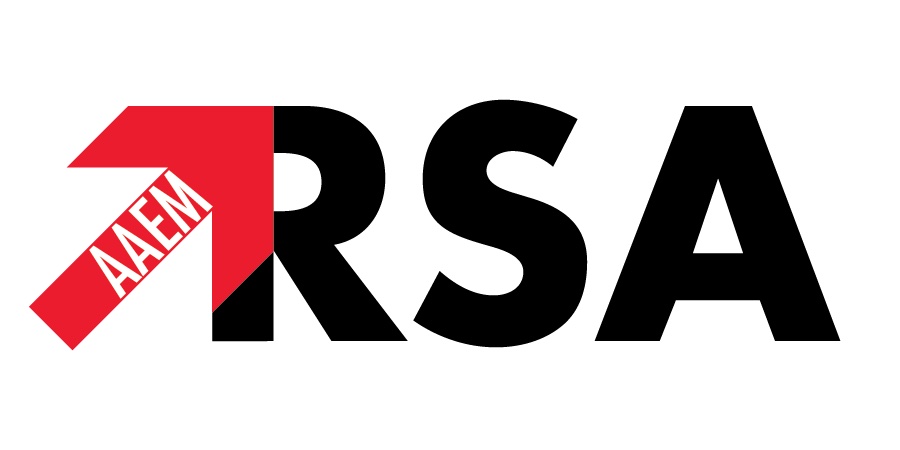 |
| This post was peer reviewed. Click to learn more. |
Author: Christine Au
Western University of Health Sciences, College of Osteopathic Medicine of the Pacific
In the world of emergency medicine, it is prudent to be trained and adept at handling the worse case scenario. Breath holding spells are a pediatric phenomenon that affects 5% of children from six months to four years where an involuntary pause in breathing occurs. This may lead to a patient becoming unconscious; however, these routine episodes are far from life-threatening.[1] Breath holding spells can be a result of various situations, such as a frightening or painful event, or can be linked to excessive anger in a child. Goldman defined this as a “benign paroxysmal non-epileptic disorder occurring in healthy children 6 to 48 months of age”.[2] There are two main types of spells: cyanotic and pallid. Cyanotic is much more common compared to the pallid type. These spells are a result of a decrease in heart rate, low oxygen, and high carbon dioxide in the system that may precipitate a loss of consciousness.
Various associations have been made between breath holding spells such as convulsions, cardiac abnormalities, and iron deficiency anemia.[1] Convulsions are associated with breath holding spells due to extreme anoxia. Clinically, these patients demonstrate a prolonged QT period on electrocardiogram, which may be associated with cyanosis and pallor.[3] Breath holding spells may be confused with a Brief Resolved Unexplained Event; however, they have benign consequences. Physicians need to be cautious of the age range where these spells are possible because neonates do not experience these spells. In a study of 165 children with breath holding spells, 47.9% of children were found to have iron deficiency anemia.[4] Iron deficiency anemia is not the reason for breath holding spells and it is unclear the correlation. Many even consider breath holding spells as a reflex as they are not harmful to the child and are involuntary.
According to Yilmaz, further neurological studies are not warranted for children who experience breath holding spells.[4] Though they may appear with a similar presentation to an epileptic seizure, an electroencephalogram would not show findings consistent with seizure discharge if it were conducted. This is one way that a physician may rule out epilepsy when treating a child with breath holding spells. The treatment for breath holding spells is to reassure the family and caretakers that this is a non-life-threatening process that is harmless and tends to disappear by age four. If necessary, physicians may manage more frequent breath holding spells with an anti-cholinergic, such as low dose atropine. Note, that the use of anti-epileptic medications will not address the symptoms of breath holding spells.[5]
Breath holding spells occur when children hold their breath as they are crying excessively.[1] In pediatrics, it is a common presentation and is relatively benign. While alarming, breath holding spells tend to end spontaneously. Ultimately, it is important to understand this when treating suspected breath holding spells as they tends to alarm many parents, yet do not require aggressive medical intervention.
References:
1. Sadek AA, Mohamed MM, Sharaf E-ZE-SA, Magdy RM, Allam AA. Clinico-laboratory profile of breath-holding spells in children in Sohag University Hospital, Upper Egypt. Electronic Physician. 2016;8(4):2227-2231. doi:10.19082/2227.
2. Goldman RD. Breath-holding spells in infants. Canadian family physician Medecin de famille canadien. Feb 2015;61(2):149-150..
3. Movahedian AH, Arani MH, Motaharizad D, Mousavi GH, Mosayebi Z. Evaluation of QT Dispersion in Children with Breath Holding Spells. Iran J Child Neurol. 2016 Winter;10(1):25-30. PMID: 27057184.
4. Yilmaz U, Doksoz O, Celik T, Akinci G, Mese T, Sevim Yilmaz T. The value of neurologic and cardiologic assessment in breath holding spells. Pakistan Journal of Medical Sciences. 2014;30(1):59-64. doi:10.12669/pjms.301.4204.
5. DiMario FJ. Prospective Study of Children With Cyanotic and Pallid Breath-Holding Spells. Pediatrics. 2001;107(2):265-269.

